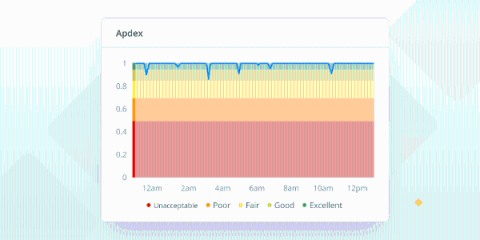How to implement a Blameless Postmortem (part two)
This is Part 2 of a two-part series on Blameless Postmortems. The previous article went into why blameless postmortems are so effective; this second part goes into detail on how to build your own postmortem process and kick it into overdrive. Read Part 1 here. So you've read our first installment and recognized the value of the blameless postmortem for efficiency, culture, and output. Now you're ready to get off the blame train and kickstart a blameless postmortem process of your own. Where to begin?











